

How to Choose the Right Lab Equipment for Your Scientific Needs
Selecting the appropriate lab equipment is crucial for the success of scientific research and experimentation. According to a recent report by Research and Markets, the global laboratory equipment market is expected to reach $50.6 billion by 2025, highlighting the increasing demand for high-quality lab tools across various sectors, including pharmaceuticals and biotechnology. The right lab equipment not only enhances the accuracy and efficiency of experimental processes but also ensures compliance with industry standards and regulations. As scientists face the challenge of navigating a vast array of options, understanding the specific requirements of their projects becomes essential. This guide aims to provide insights into selecting lab equipment that aligns with your scientific needs, ensuring optimal performance and reliability in your research endeavors.
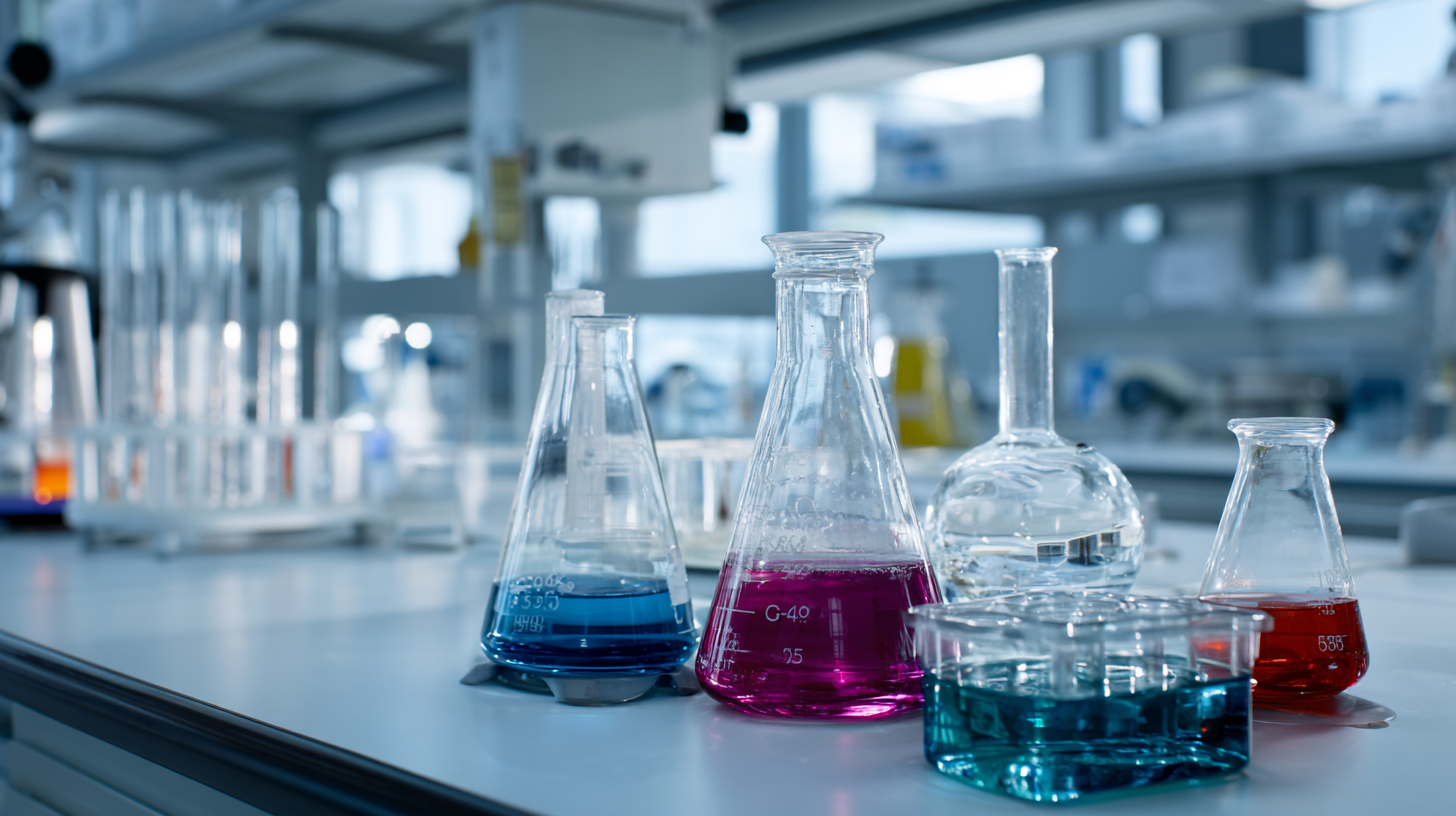
Identifying Your Specific Scientific Applications and Requirements for Lab Equipment
When selecting lab equipment, the first step is to accurately identify your specific scientific applications. Different disciplines—such as biology, chemistry, or physics—require distinct equipment tailored to various experimental needs. For example, a microbiology lab may prioritize autoclaves and incubators, while a chemical lab might emphasize fume hoods and spectrophotometers. Assessing the nature of your experiments ensures that you invest in tools that enhance precision and efficiency.
Once you’ve established your primary applications, consider the unique requirements your research entails. This includes factors such as the volume of samples, the need for temperature control, and the required level of precision. Furthermore, evaluate whether your projects demand high-throughput capabilities or specialized features, such as real-time data monitoring. By carefully aligning your equipment choices with these specific criteria, you can optimize your lab's performance and support your scientific objectives effectively.
Laboratory Equipment Selection Based on Scientific Applications
Evaluating the Importance of Precision and Accuracy in Laboratory Instruments
When selecting laboratory equipment, precision and accuracy play a critical role in achieving reliable results. According to a report by the National Institute of Standards and Technology (NIST), a mere 0.1% variation in measurement can lead to significant discrepancies in scientific experiments. This emphasizes the need for instruments that maintain high accuracy throughout their operating range, particularly in fields like analytical chemistry and molecular biology, where precise measurements can influence the outcomes of experiments.
Furthermore, a study published in the Journal of Laboratory Automation highlights that laboratories utilizing high-precision equipment report a 25% increase in productivity and a reduction in error rates by up to 15%. This is particularly relevant for high-stakes environments like pharmaceuticals and environmental testing, where regulatory compliance hinges on the reliability of data collected. Thus, when choosing laboratory instruments, professionals must prioritize those certified for precision and accuracy to ensure that their scientific inquiries yield valid and reproducible data.
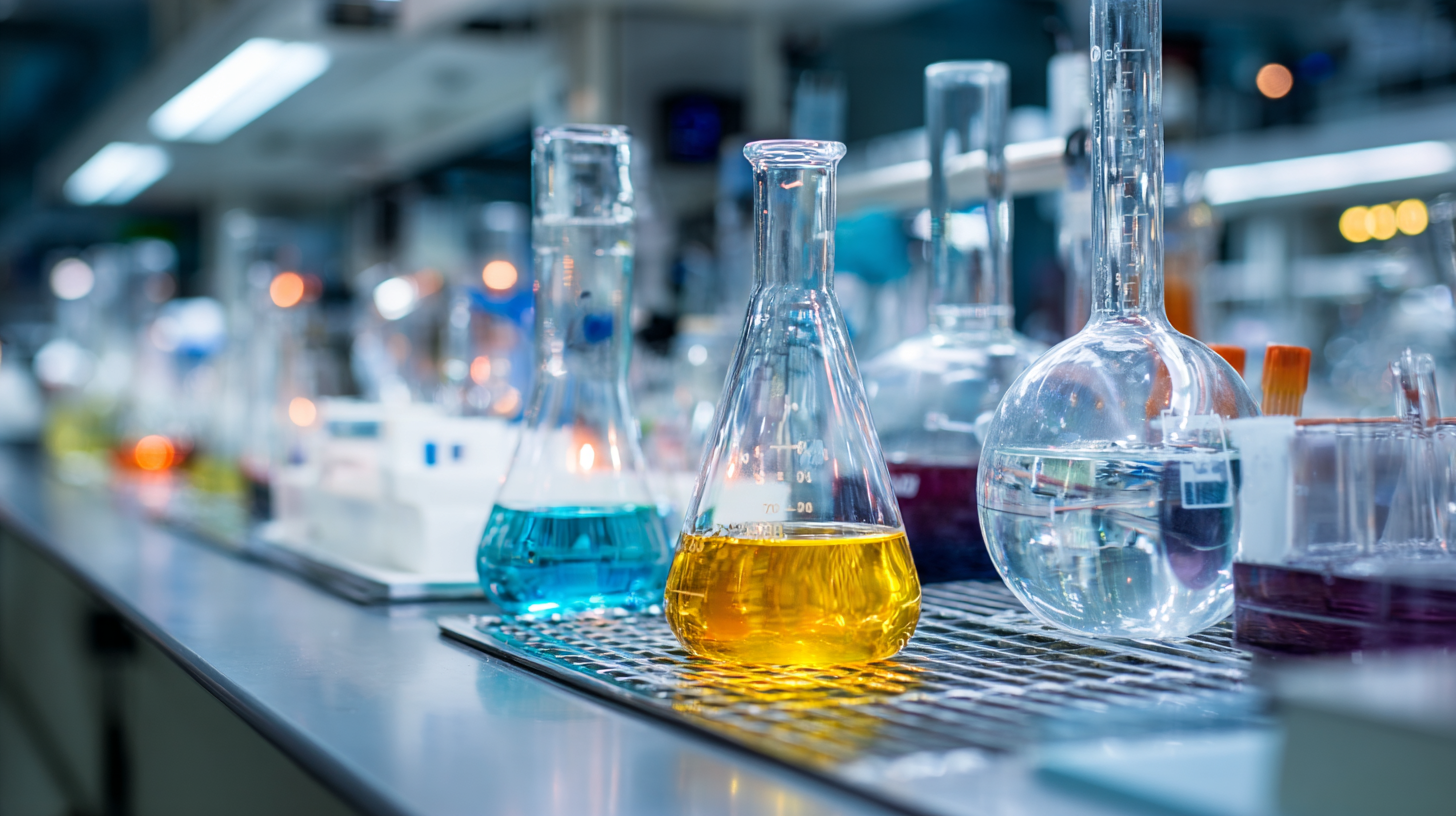
Understanding Key Features and Specifications of Common Lab Equipment
Choosing the right laboratory equipment is crucial for optimizing scientific research and ensuring accurate results. Each piece of equipment comes with distinct features and specifications that serve specific functions, making it essential to understand these details before making a purchase. For instance, when selecting a centrifuge, the maximum speed and capacity are vital considerations. According to a report by the International Association of Online Engineers, laboratories in the biotechnology field often require centrifuges that can reach speeds of up to 20,000 RPM and handle volumes of at least 500 ml to accommodate large sample sizes.
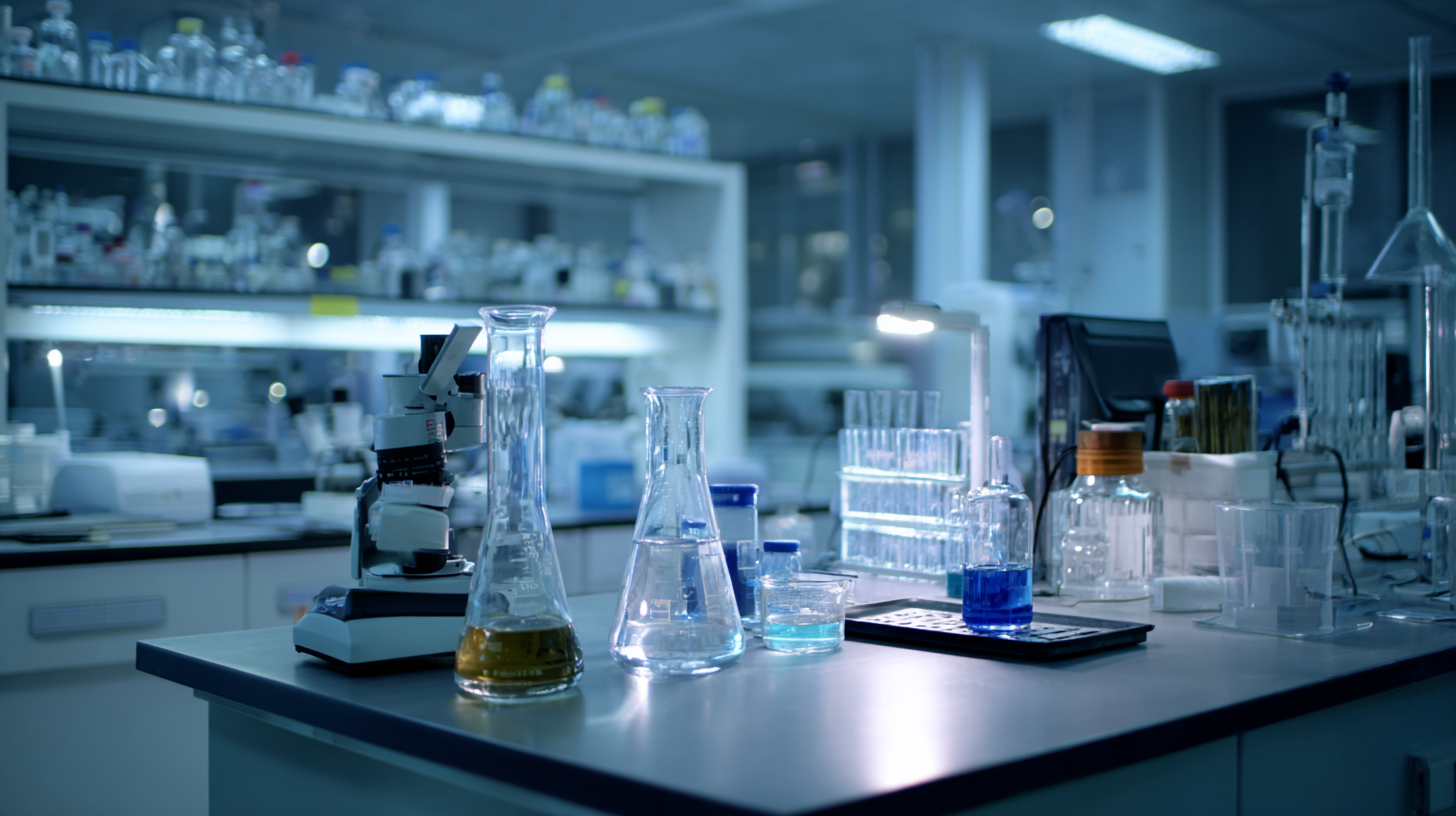
Another critical aspect to evaluate is the precision and range of analytical equipment, such as pipettes and spectrophotometers. A study published in the Journal of Laboratory Automation emphasizes that the accuracy and resolution of these instruments directly impact experimental outcomes. High-quality spectrophotometers, for instance, can offer optical resolution better than 1 nm, making them ideal for sensitive measurements. Furthermore, features like temperature control and automated calibration enhance reliability, as highlighted in the 2022 Lab Equipment Market Trends report, which indicates that 75% of laboratories prefer equipment that minimizes variability in measurements. Understanding these key specifications enables scientists to select equipment that best meets their experimental requirements.
Assessing Budget Constraints and Cost-Effectiveness of Lab Equipment Options
When selecting lab equipment, assessing budget constraints is paramount. Each piece of equipment can represent a significant investment, and understanding the financial limitations helps prioritize needs versus wants. For instance, high-end analytical instruments might offer advanced features but may not be necessary for routine testing. By laying out all potential expenses, including maintenance and operational costs, labs can make informed decisions that align with their financial capabilities.
Cost-effectiveness also plays a crucial role in the selection process. It is essential to evaluate the longevity and reliability of equipment, as cheaper options may incur higher costs in the long run due to frequent repairs or replacements. Additionally, considering whether to purchase outright or lease can influence overall expenditure. Laboratories should also take advantage of comparisons between brands and models to ensure they get the best value, balancing both performance and cost, to meet their specific scientific requirements efficiently.
Researching Manufacturer Reliability and Warranty Policies for Lab Equipment购买
When selecting lab equipment, researching manufacturer reliability should be a central focus. A reliable manufacturer is essential for ensuring that the equipment not only meets scientific standards but also performs consistently over time. It is vital to review customer feedback and ratings, as these can offer insights into the manufacturer's service history and product durability. Furthermore, establishing long-term partnerships with manufacturers who prioritize quality and service can lead to better support and resource availability, optimizing your research efforts.
Warranty policies also play a key role in the decision-making process. A comprehensive warranty reflects a manufacturer’s confidence in their product, providing peace of mind for the buyer. It's important to understand the specifics of the warranty—what is covered, the duration, and the process for claims. This knowledge can help mitigate future costs associated with equipment failures or malfunctions. In an age where supply chain management is enhanced by advanced machine learning techniques, partnering with a manufacturer that offers robust warranties can lead to sustained success in your scientific endeavors.
Related Posts
-
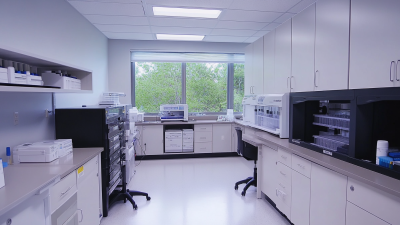
Maximizing Laboratory Efficiency with Cutting Edge Lab Instruments for Enhanced Research Productivity
-
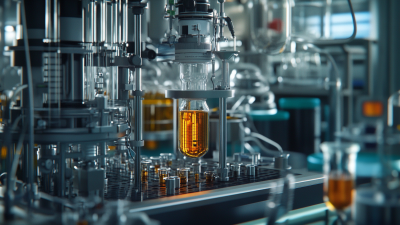
Real World Applications of Small Lab Equipment and Their Role in Innovative Research
-
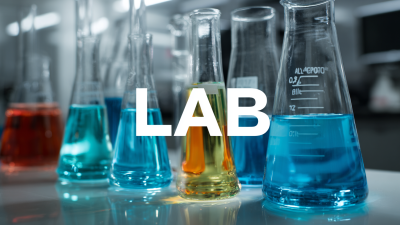
How to Choose the Best Lab Equipment for Your Research Needs
-

Maximizing Efficiency with Advanced Lab Equipment for Enhanced Research Outcomes
-
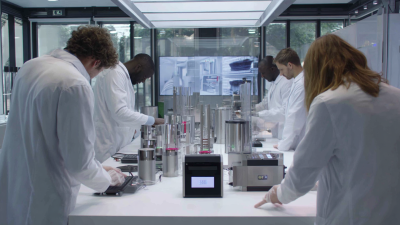
Unveiling the Best Laboratory Products Exploring Innovative Alternatives for Enhanced Performance
-

Ultimate Guide to Your Small Lab Equipment Checklist for Efficient Operations





